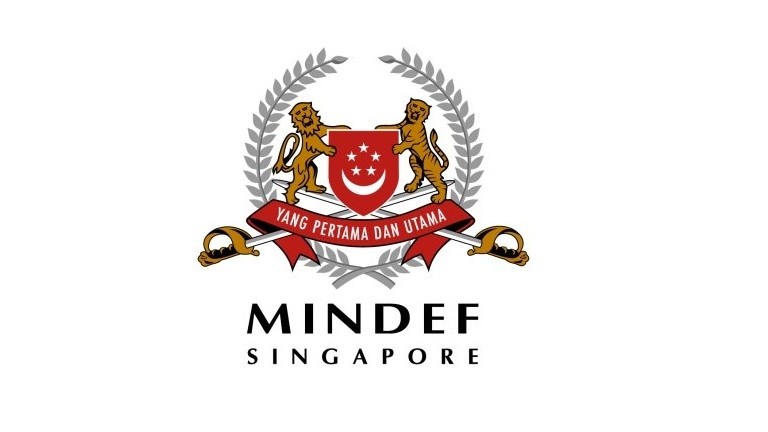While speaking at the first constituency political broadcast for Bukit Panjang SMC, Singapore Democratic Party (SDP) and People’s Action Party (PAP) voiced contrasting points on the construction of LRT at the area.
The SDP candidate for Bukit Panjang SMC Dr Paul Tambyah said that in 2017, Mr Khaw Boon Wan, who was the Transport Minister, said that “the Bukit Panjang LRT was an ‘after thought’, and it was constructed due to ‘political pressure’”.
He continued, “Now, no one we talked to has admitted to putting political pressure for the LRT and this leads me to wonder who exactly chooses the various improvement projects for the town.”
Dr Tambyah went on to state that PAP may confuse the people with the “cooperation” but it cannot deny residents with “necessary services”, regardless of who wins the GE.
As such, SDP’s chairman said that the party promised that it will run the Town Council on its own with “active participation of residents”.
“We will transparently demand all accounts be released to ensure a smooth transition. There will be no more investments in toxic financial products,” the infectious diseases expert said at the live broadcast which was telecasted on MediaCorp on Friday night (3 July).
Conversely, the candidate for PAP at Bukit Panjang SMC Liang Eng Hwa pointed out that the constituency have improved tremendously over the last decade, especially in the area of public transport.
He said that he helped to “secure a number of new bus services like 972, 973, 976 and others, and as well as the S$344 LRT upgrade”.
Mr Liang also stated that Bukit Panjang’s own polyclinic will be build “soon” at the town, and “the second hawker centre is in the works”.
During the broadcast, Dr Tambyah also reiterated SDP’s “Four Yes, One No” campaign for the GE, in which the party is looking at suspending GST, providing retrenchment benefits for those who lost their jobs due to the pandemic, offering income to retirees over the age of 65 and putting people first. As for the One No, SDP is rejecting the plan of 10 million population.
He also slammed the PAP for holding a GE in the midst of a global pandemic.
“The PAP has recklessly decided to risk the public’s health and hold an election in the middle of a pandemic. They want to repeat the results of 2001, held soon after the 9/11, and this time, wipeout the opposition, which would be a disaster for Singapore,” he explained.
On the other hand, Mr Liang said that as Bukit Panjang enters into its 30th year, the party said it has to focus on investing into its “vibrancy and sustainability” as well as “upgrade and renew our precincts, and our blocks”.
He also added that he will help young job seekers and workers above the age of 40 to increase their employability.
“I will work with you to improve your employability; to tap on the various Jobs & Skills programmes to assist you,” he said.








